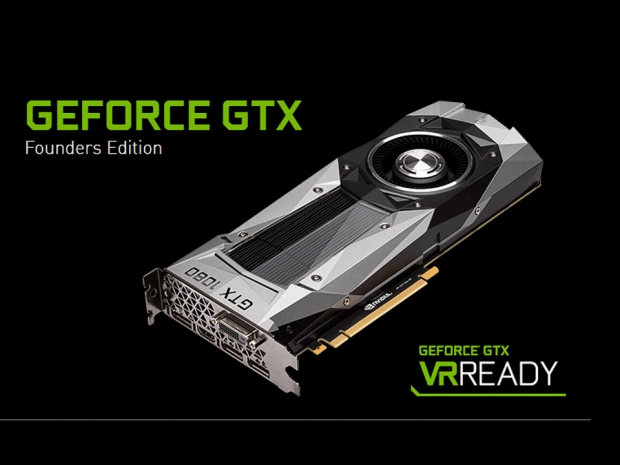Sold directly by Nvidia as an alternative to custom AIB designs
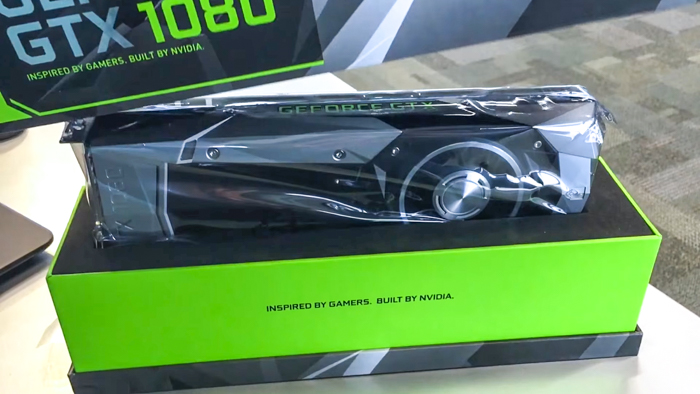
Nvidia Geforce GTX 1080 Founders Edition unboxing by TweakTown (via YouTube)
Thanks to two posts by Steve Burke at GamersNexus and Jarred Walton at PCGamer, we now have a much clearer understanding of the distinctions between these higher-priced cards and their lower-priced counterparts. According to journalists briefed on the matter, the basic idea here is that Nvidia is replacing the word “reference card” with the term “Founders Edition” going forward, and as of this Geforce product launch it will now directly sell its own GPUs with this labeling.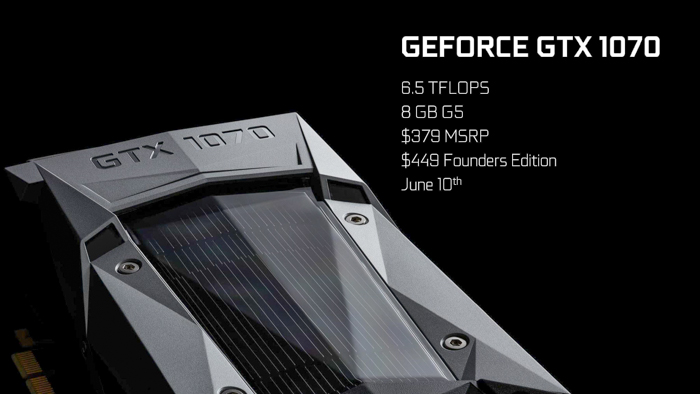
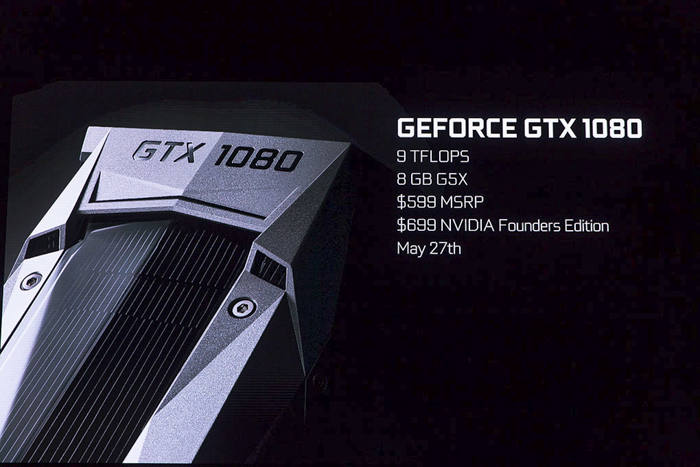
The difference this time, however, is that its new “Founders Edition” units will feature some upgraded heatsink and cooling technology that takes a “middle of the road approach” – better than previous “reference” OEM heatsink designs and cooling shrouds – but still not as high priced and efficient as some enthusiast-grade designs and custom hybrid water cooling models that will be sold by its Add-in Board (AIB) partners at launch.
Nvidia’s “reference cooler” gets a permanent vapor chamber upgrade, now ships with backplate
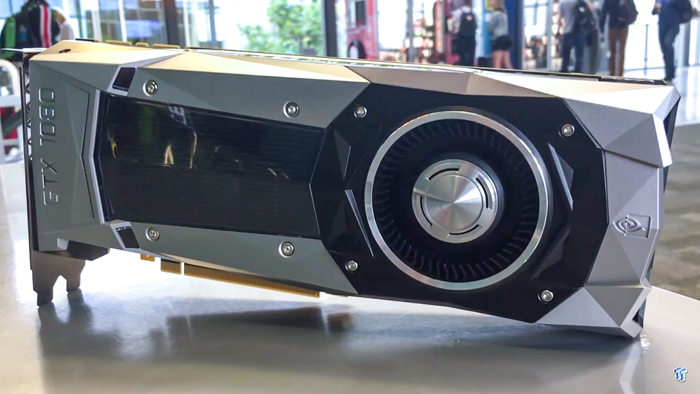
Image credit: TweakTown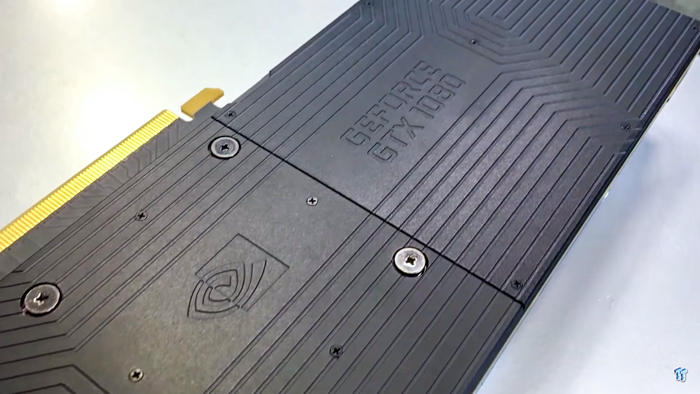
Image credit: TweakTown
This middle-ground heatsink / cooling shroud design allows Nvidia to provide its channel partners some flexibility with validating their custom PC boxes to be fully compatible with lower-end, OEM-grade Geforce GTX 1080 / GTX 1070 cooling designs that don’t necessarily need vapor chamber efficiency to run the cards at stock frequencies for their customers. At the same time, what was previously known as a “reference cooler” is now getting an industrial upgrade with Nvidia’s Founders Edition design. The new cooling design is very similar to previous reference models, but now it features vapor chamber cooling, a VRM blower fan, and a large alloy heatsink underneath the shroud. The “Founders Edition” design also now ships with a backplate for additional cooling by default.
Again, Nvidia’s new nomenclature for “reference” – a.k.a. “metal-shrouded vapor chamber edition” – will have identical clock frequencies as the plastic-shrouded OEM units it will be shipping to add-in board partners. They will also remain available to purchase directly from Nvidia for the entire lifetime of the product cycle – from launch day until Nvidia’s next GPU refreshes are announced, whenever that may be. In fact, they will probably become the opposite of limited edition parts – it may be easier to purchase a Founders Edition GPU directly from Nvidia if the company’s partners have limited supplies of their custom designs on hand.
Again, vendors like MSI, EVGA, ASUS, Gigabyte and others will continue to have complete control over pricing on their designs, and they will probably offer some “entry level” designs featuring plastic shrouds instead of Nvidia’s new metal design. This should explain the price difference between a plastic Geforce GTX 1080 offered by an add-in board partner for $599, and Nvidia’s Founders Edition of the same card for $699, even though they both feature identical clockspeeds.

